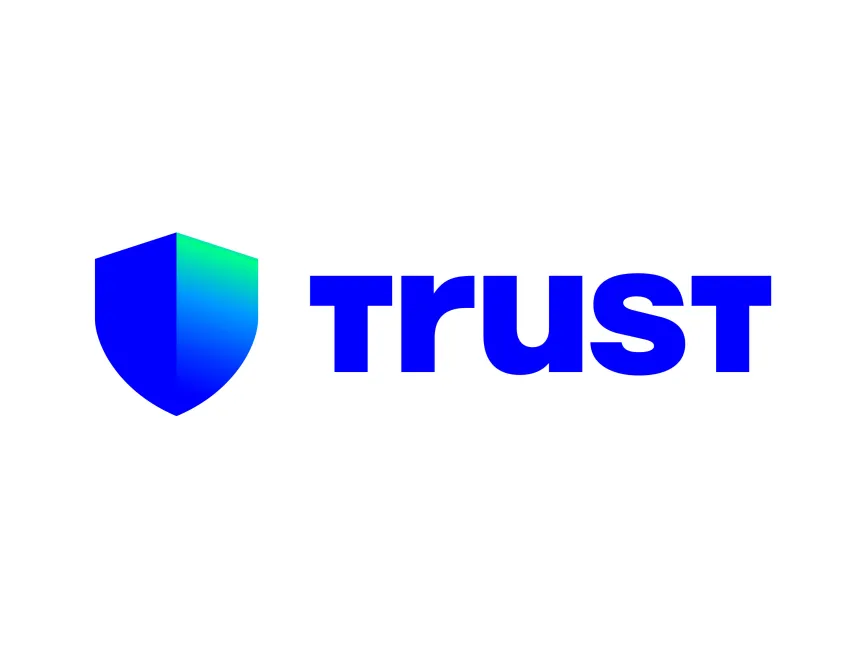So, I was messing around with my crypto stash the other day, and wow—something about using a mobile wallet with a built-in dApp browser just clicked for me. Seriously? Before, I was juggling different apps, switching between wallets, browsers, and exchanges. It felt so clunky. Here's the thing: having everything in one place doesn't just save time; it changes how you interact with crypto altogether.
At first glance, you might think, "Yeah, a wallet is just a wallet." But no—once you dive into the ecosystem, especially on mobile, the stakes are different. Mobile crypto wallets that support decentralized applications (dApps) let you stake tokens, vote in governance, swap coins, and more, all without leaving the app.
Whoa, that’s a lot packed into one spot. But it makes sense, right? The idea is to minimize friction and keep users engaged directly with blockchain services.
My instinct said this is how crypto should’ve evolved from the start. Yet, I kept remembering how some older wallets forced me to use external browsers or desktop apps. That was a headache I’m glad to leave behind.
Okay, so check this out—Trust Wallet, for example, is one of those mobile wallets that nails this integration. If you haven’t grabbed it yet, you might wanna peek at trust wallet for your mobile device. It's not just hype.
Now, staking crypto through a mobile wallet feels a bit like having a mini bank in your pocket. But unlike traditional banks, your funds stay under your control, and you can earn rewards by just locking up coins on supported networks. That’s pretty sweet, especially for folks who want to stay hands-on without complicated setups.
But here’s where it gets really interesting. The dApp browser inside the wallet lets you tap into decentralized finance (DeFi) protocols, NFT marketplaces, and other blockchain services without switching apps. That seamlessness? It’s a game-changer.
Initially, I thought juggling multiple apps wasn’t that bad. But then I realized how much time and mental energy it wasted. Actually, wait—let me rephrase that. It’s not just about time; it’s about trust and security too. Having a single wallet that directly connects to dApps reduces the risk of phishing or fake sites because you’re not hopping around different browsers.
On one hand, some people worry that mobile wallets might be less secure than hardware wallets. Though actually, with proper security measures—like seed phrase backups and biometrics—they’re surprisingly robust. Plus, the convenience factor often outweighs the slight trade-off for many users.
Here's what bugs me about some mobile wallets, though: the user interface can be overwhelming for newcomers. But Trust Wallet keeps it pretty intuitive, balancing simplicity with powerful features. It’s like they get that most people want to stake crypto or explore dApps without feeling like they’re decoding something from a sci-fi movie.

Check this out—using the built-in dApp browser, you can connect to platforms like PancakeSwap or Uniswap directly. No need for extra logins or extensions. It’s all right there, which really lowers the barrier for everyday users to participate in DeFi.
Honestly, I’ve been playing with staking a few tokens on Trust Wallet’s supported chains, and it's surprisingly smooth. The app walks you through locking your coins, shows estimated rewards, and lets you unstake whenever you want. That flexibility is key because crypto markets are notoriously volatile.
It’s wild how mobile wallets have evolved. Not long ago, I thought you'd always need a desktop or hardware solution for serious crypto activity. Now? You can do most things right from your phone, anytime, anywhere.
Plus, the community aspect is growing. Some dApps even allow you to participate in governance votes straight from your wallet, meaning your voice can be heard in protocol decisions without hopping onto a laptop.
Still, I’m biased, but having all crypto tools under one roof on my phone is addictively convenient. That said, I’m not 100% sure every wallet out there offers such a seamless experience. So, if you’re exploring, try to pick one with a solid reputation and active development. That’s why I keep coming back to trust wallet.
Some might argue that staking directly from a mobile wallet can be risky if your device gets compromised. Yeah, that’s true to some extent. But, honestly, if you’re careful with your device security—using strong passwords, biometrics, and avoiding shady apps—you’re mitigating a lot of that risk.
And oh, by the way, the speed factor is notable too. You can stake crypto or access a dApp in seconds, compared to the longer wait times and clunky navigation on desktop setups. That immediacy is perfect for the fast-paced world of crypto.
Still, I can’t help but wonder—will mobile wallets eventually replace desktop wallets entirely? Or is there always going to be a place for both? My gut says the ecosystem will diversify, but mobile-first solutions like Trust Wallet are definitely leading the charge.
So, if you’re skeptical about diving into staking or using dApps on your phone, I get it. It’s a new frontier, and some things feel uncertain. But trying it out on a well-designed wallet might surprise you.
At the end of the day, the mobile crypto wallet with an integrated dApp browser isn’t just a convenience; it’s a shift in how we interact with decentralized tech. It makes blockchain more accessible, which is huge for wider adoption.
Anyway, that’s my two cents. If you want to explore this space without much fuss, definitely check out trust wallet and see how their dApp browser and staking features work on your mobile device. You might find yourself as hooked as I am.
